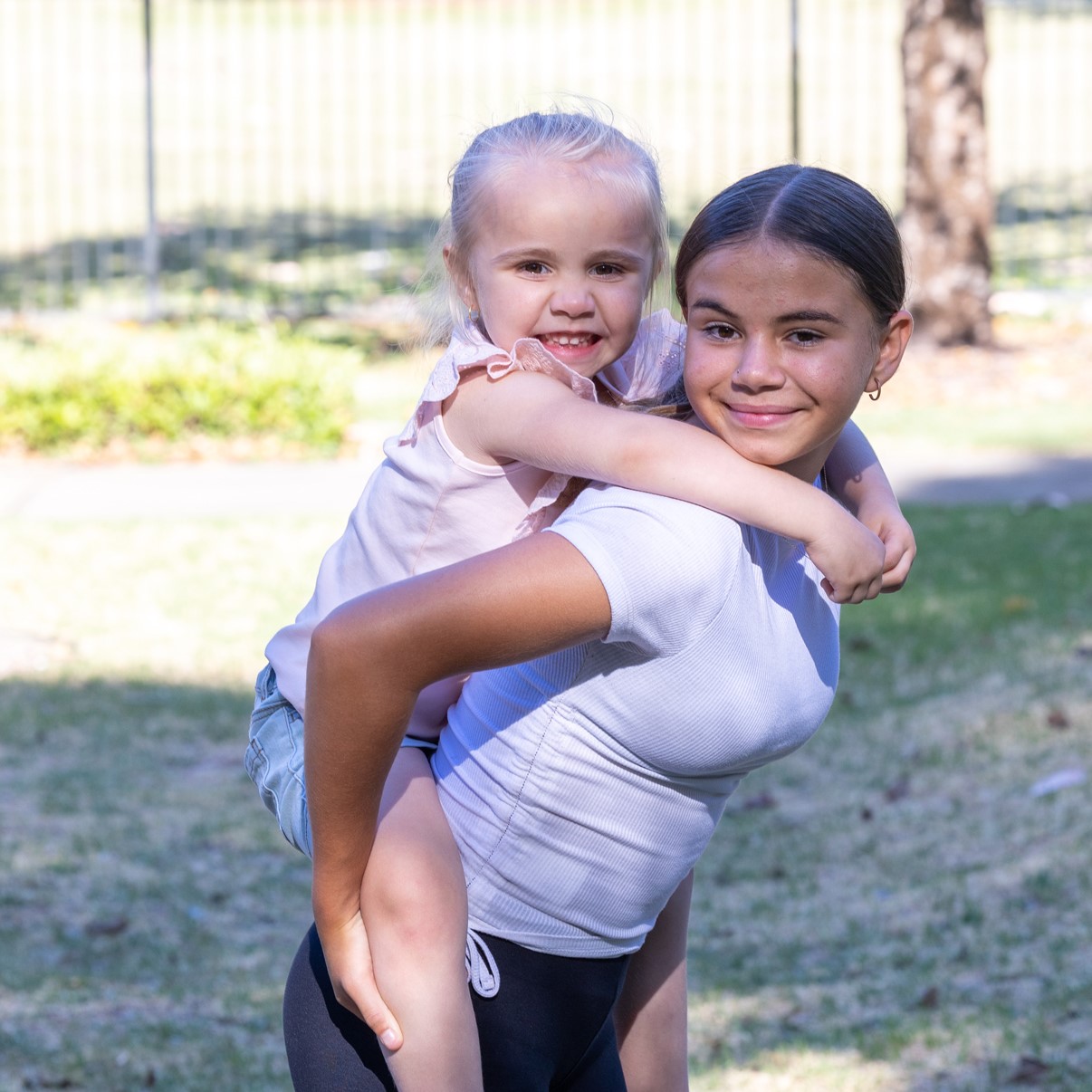Search

News & Events
Back to school anxiety in little kidsNew year, new teachers, new classroom, new peers- it's no wonder that plenty of little kids (and parents) feel nervous as the first day of school approaches.
Staff Vincent Mancini – Senior Research Officer Yi-Huey Lim – Research Officer Juliet Brook – Research Assistant Karina Prentice – Research Assistant

Are you a young person (14-25 years old) who is Aboriginal and/or Torres Strait Islander and LGBTIQ?
Altitudes is a positive and supportive program for family members of young people who are receiving treatment at headspace early psychosis service.

Current projects STEPs View the recruitment flyer - professionals View the recruitment flyer - parents Register your interest (parents, caregivers,
Your help could be crucial to our respiratory research
The Kids Research Institute Australia is currently in the process of implementing a new recruitment system. Please click the link below to view and
Please email nutsforbabies@telethonkids.org.au with: Your full name Your email address Your mobile number Stage of pregnancy (weeks) Any questions or

The Indigenous Genomics Group aims to build Indigenous leadership in genomic and data sciences, precision health, and ethics to improve health equity and the wellbeing of Indigenous people, families and communities.
You can make a difference to kids’ health at any age. Just ask 11-year-old Charlotte, who raised more than $11,000 for kids’ brain cancer research at The Kids Research Institute Australia simply by shaving her head.
